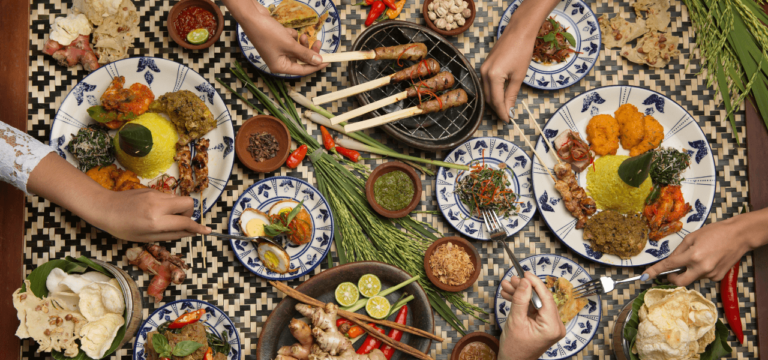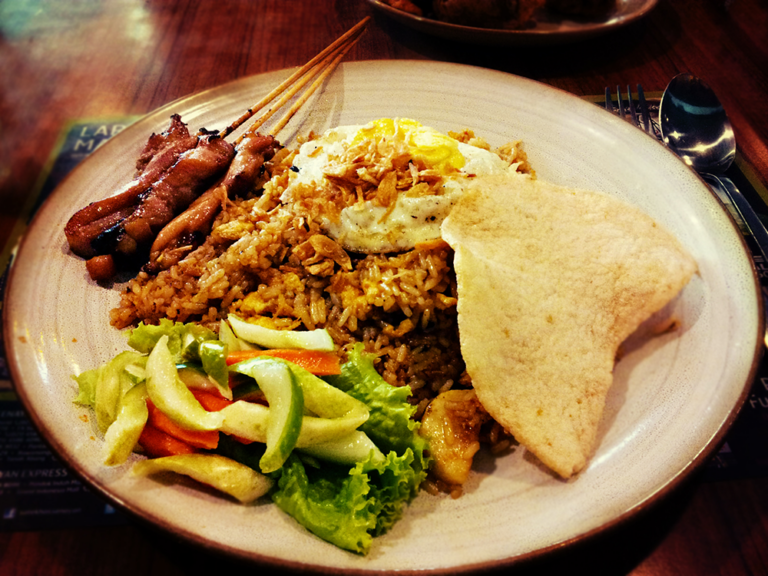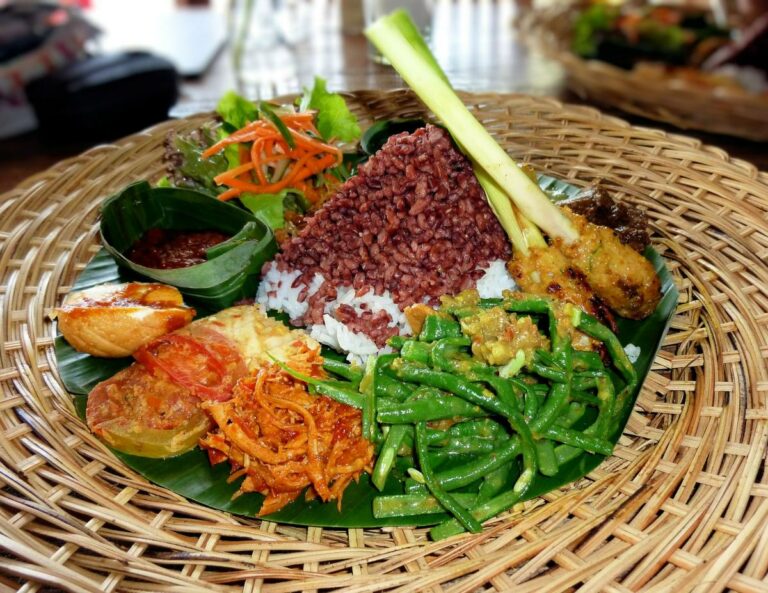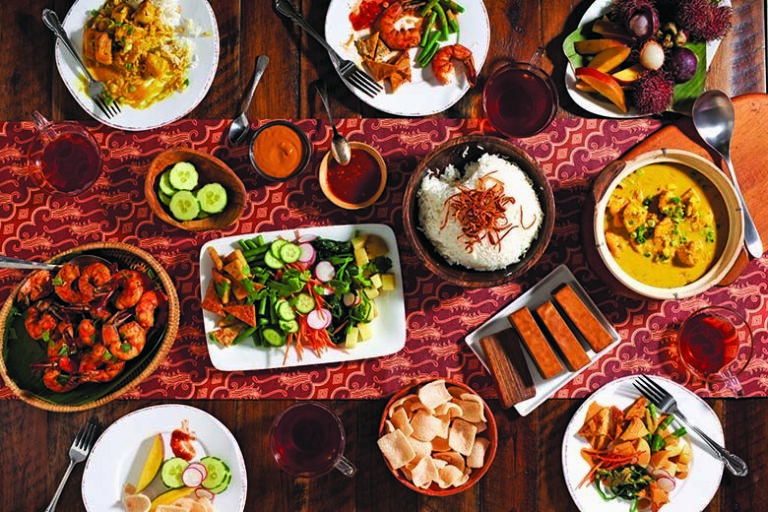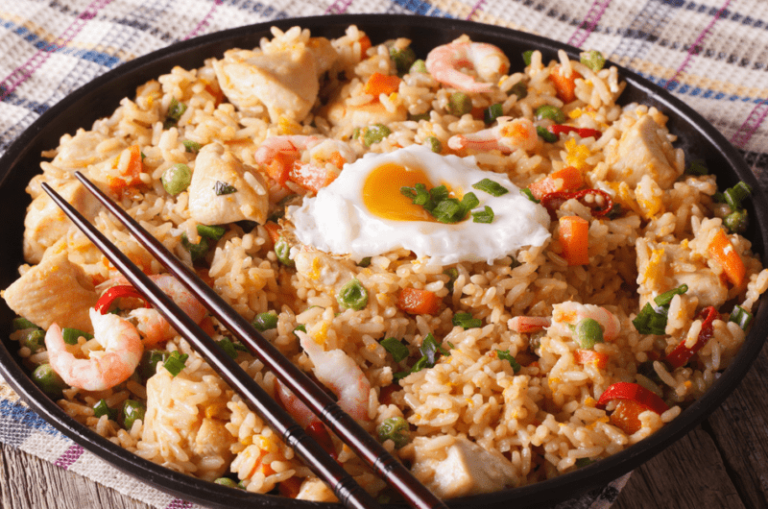Introduction to Timorese Cuisine
Timorese cuisine is a unique blend of Indonesian and Portuguese flavors, influenced by the country’s colonial history and geographical location. The cuisine is characterized by the use of spices, herbs, and fresh ingredients such as seafood, coconut, and tropical fruits. Timorese cuisine is diverse, reflecting the different ethnic groups that live on the island, including the Atoni, Tetum, and Mambai.
Indonesian Influence in Timorese Cuisine
Indonesia has had a significant influence on Timorese cuisine, given the close proximity of the two countries. Timorese dishes are often spicy and rich in flavor, with an emphasis on rice, noodles, and seafood. Indonesian spices like turmeric, coriander, and cumin are commonly used in Timorese cooking, as well as ingredients like lemongrass, tamarind, and chili peppers. Indonesian dishes like nasi goreng (fried rice) and satay (skewered meat) are popular in East Timor.
Portuguese Influence in Timorese Cuisine
The Portuguese arrived in East Timor in the 16th century and ruled the country for over 400 years. Portuguese influence on Timorese cuisine is still evident today, with dishes like feijoada (bean stew) and bacalhau (salt cod) being commonly consumed. The Portuguese introduced foods such as bread, olive oil, and wine, which are now widely consumed in East Timor. The use of vinegar and tomato in Timorese cooking also reflects Portuguese influence.
Fusion of Indonesian and Portuguese Flavors
The fusion of Indonesian and Portuguese flavors has resulted in a unique and delicious cuisine. Timorese dishes like caril (curry), which combines Indonesian spices with Portuguese meat, and sarapatel, a spicy stew made with pork or chicken, reflect this fusion. The use of coconut milk, a common ingredient in Indonesian and Portuguese cooking, is also prevalent in Timorese cuisine. The result is a cuisine that is at once spicy, savory, and sweet.
Popular Timorese Dishes and Ingredients
Some popular Timorese dishes include babi kecap (sweet and sour pork), ikan panggang (grilled fish), and batar da’an (corn soup). Timorese cuisine also features a variety of fresh fruits and vegetables, such as mango, papaya, and cassava. Coconut milk and palm sugar are commonly used in many dishes, giving them a sweet and creamy flavor.
Conclusion: The Unique Taste of Timorese Cuisine
Timorese cuisine is a fascinating blend of Indonesian and Portuguese flavors, with a unique taste all its own. The use of spices, fresh ingredients, and a fusion of cultural influences has resulted in a cuisine that is rich and diverse. Whether you are enjoying a spicy curry, a sweet corn soup, or a delicious grilled fish, Timorese cuisine is a must-try for anyone interested in exploring new flavors and cultures.


